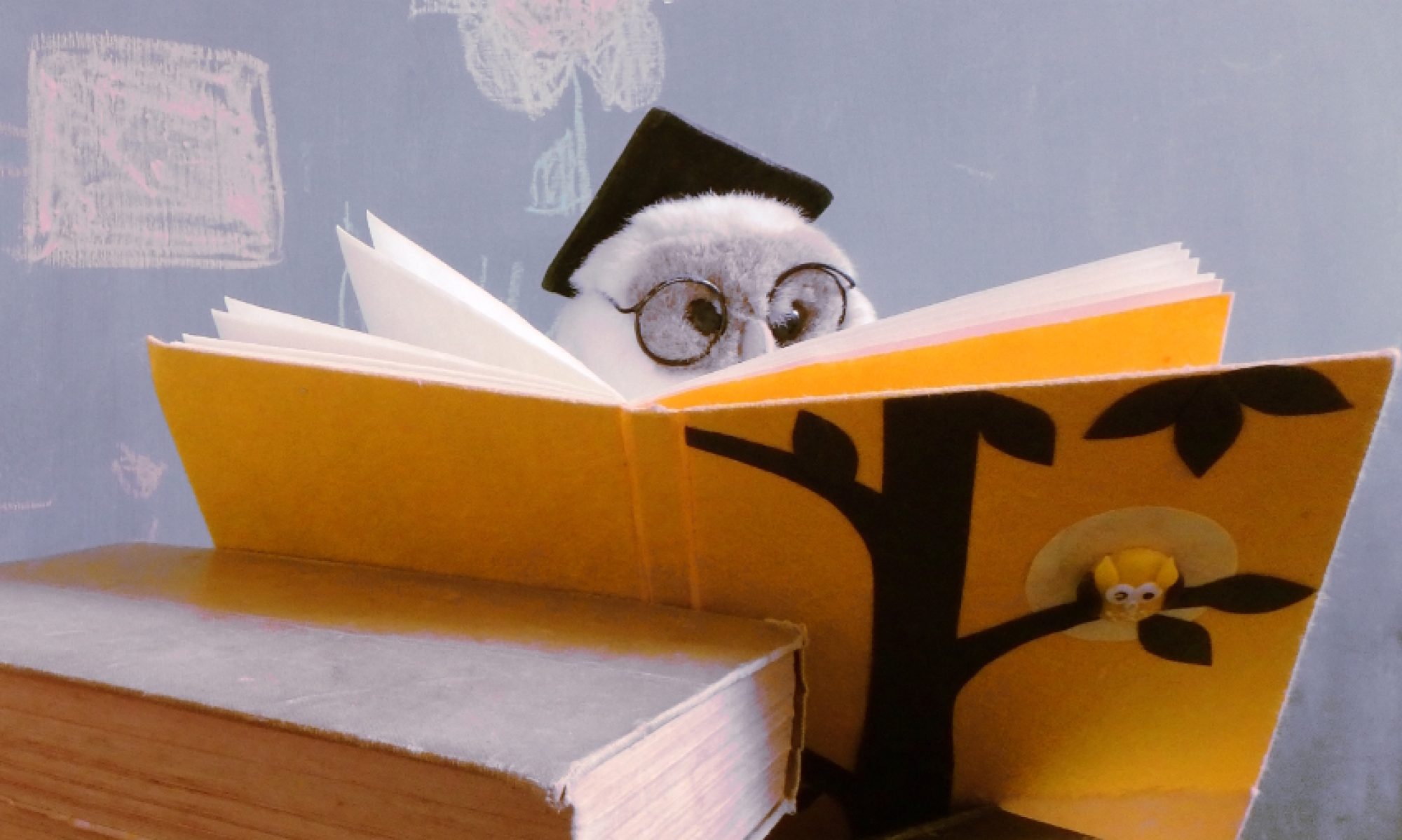This is a unit study we stumbled upon awhile ago. You see, we love Anime in our house. And DH and I really love Bleach. In fact, the Bleach theme-song used to put C to sleep when he was a baby (The first one. Yes, the loud one!)
And life being what it is, years passed before we got back to watching it again… But we did. Every night, two episodes of anime for about 6+ months. It has become our ritual. What I didn’t expect was how it would morph into a corner-stone of our school experience.

Bleach is an interesting story that moves between different eras – the modern world, and ‘Soul Society’ – which is modelled on ancient Japanese culture – clothes, buildings, culture and social hierarchies. Which is a lovely jumping off point for learning about the history of Japan. To do this, we visited our local museum – the NGV, which has a semi-permanent exhibition on Japanese artifacts – beautiful calligraphy, paintings, pottery and some wonderful Kimonos. My two balls of high energy barrelled into the exhibit, took one look at the gorgeous paintings, and both yelled out “Bleach!” – and it was – the buildings and landscape were almost a perfect match. I was then dragged around by two little ones as they looked at Kimonos and pottery that matched up to scenes in Bleach. We even got to read a few blurbs. This section of the gallery has been a favourite ever since!
    |
| C’s Handmade Onigiri |
When we watch Bleach at home, we always watch it in Japanese with subtitles. Mostly it’s because we prefer the Japanese voices, but it’s also a sneaky way of getting in C’s English reading practice – he has to read fluently to keep up!
It also has a theme song at the beginning and end of every episode that the kids insist on watching – it’s their favourite part. The theme songs change every thirteen episodes, so there is always a new song to learn. The songs have English translations, but they also have a bouncing ball ‘sing-a-long’ in Romanji and Kanji, to which we all try to sing – with mixed results for us adults! For each song, C would memorise the Romanji and write it out verbatim later. Even J recognises the names of characters – every time Ichigo appears she will gleefully proclaim, ‘Ichi!!!’ She also insisted that ‘Mummy sing’ the theme songs in Japanese – and scowled when I got it wrong! I am sure she’s starting to say some Japanese words too…if I only understood…
C also has a lovely book on ancient Japan that came with a set, and a book on modern Japan from the library sales – both have been read, and a few of the exercises and craft ideas have been attempted – notably Origami, and Onigiri. He’s also had a lovely time studying the maps his Scary Godmother brought back from Japan.
    |
| Bento boxes of Onigiri, Japanese Fried Chicken and Cucumber – with Bento Boxes from Japan |
After watching many episodes of characters eating, C became fascinated with Japanese food. So we started watching ‘Destination Flavour – Japan’ on SBS, a wonderful series which toured through all the regions of Japan, cooking traditional food each week. Which is how we stumbled upon Bento Boxes – and Onigiri. It’s been so popular, it’s now a staple meal.
If you want to do a lot of Japanese cooking, it’s worth travelling to a specialist Korean/Japanese grocer. Which is what we did – C had a lovely time looking at all the ingredients on the shelves, and we picked up all the ingredients for Onigiri, including a press.
    |
| C made this Onigiri cat |
C loves making Onigiri cats, and as long as the rice is cool, it’s an easy way to get little ones making food in the kitchen.
But the cuisine exploration didn’t stop there! We also learned all about using konbu, making miso soup, and Japanese pickles.
All this Japanese culture exposure also helped him with Karate, where they use Japanese terms for counting and all the moves.
We also had a great time visiting the Japanese equivalent of a $2 shop – Daiso in the CBD, where you can get lots of cool cheap Japanese accessories – the kids loved it, and it gave a wonderfully intense dose of modern Japanese consumer culture. We also picked up more Onigiri moulds – not yet tested!
And then, not surprisingly, C decided that instead of learning German, he wanted to learn Japanese instead. So we changed our Rosetta Stone subscription to Japanese. It was amazing watching him power through it! When learning German, he always had problems getting the pronunciation right on the first turn – we thought it was the software being too sensitive – nope! He gets it first time with Japanese. It’s amazing what 40 minutes a day exposure to Japanese for 6+ months does for little ones’ ability to absorb and hear, speak and sing Japanese, even if they don’t understand a word of it at the time!
What other sideways learning experiences have you encountered? Are there any other great resources for Japanese language and culture out there that you have enjoyed?


